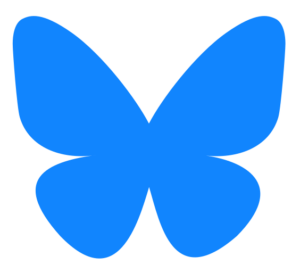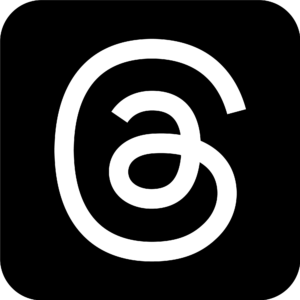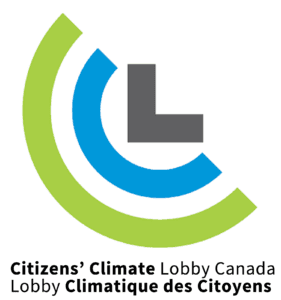 Currently, the devices cost more to produce than $10. You can help bring the cost of production down by buying one for yourself and donating one to a family in need. Waka Waka has programs to buy one and donate one to a refugee family in Syria or in the Phillipines. The first solar lamp model that has been developed costs $35 plus shipping for two lamps. The second model has more advanced solar technology, and it has the added feature of a charger for your cell phone, and it costs $69 plus shipping for two lamps.
Currently, the devices cost more to produce than $10. You can help bring the cost of production down by buying one for yourself and donating one to a family in need. Waka Waka has programs to buy one and donate one to a refugee family in Syria or in the Phillipines. The first solar lamp model that has been developed costs $35 plus shipping for two lamps. The second model has more advanced solar technology, and it has the added feature of a charger for your cell phone, and it costs $69 plus shipping for two lamps. 







